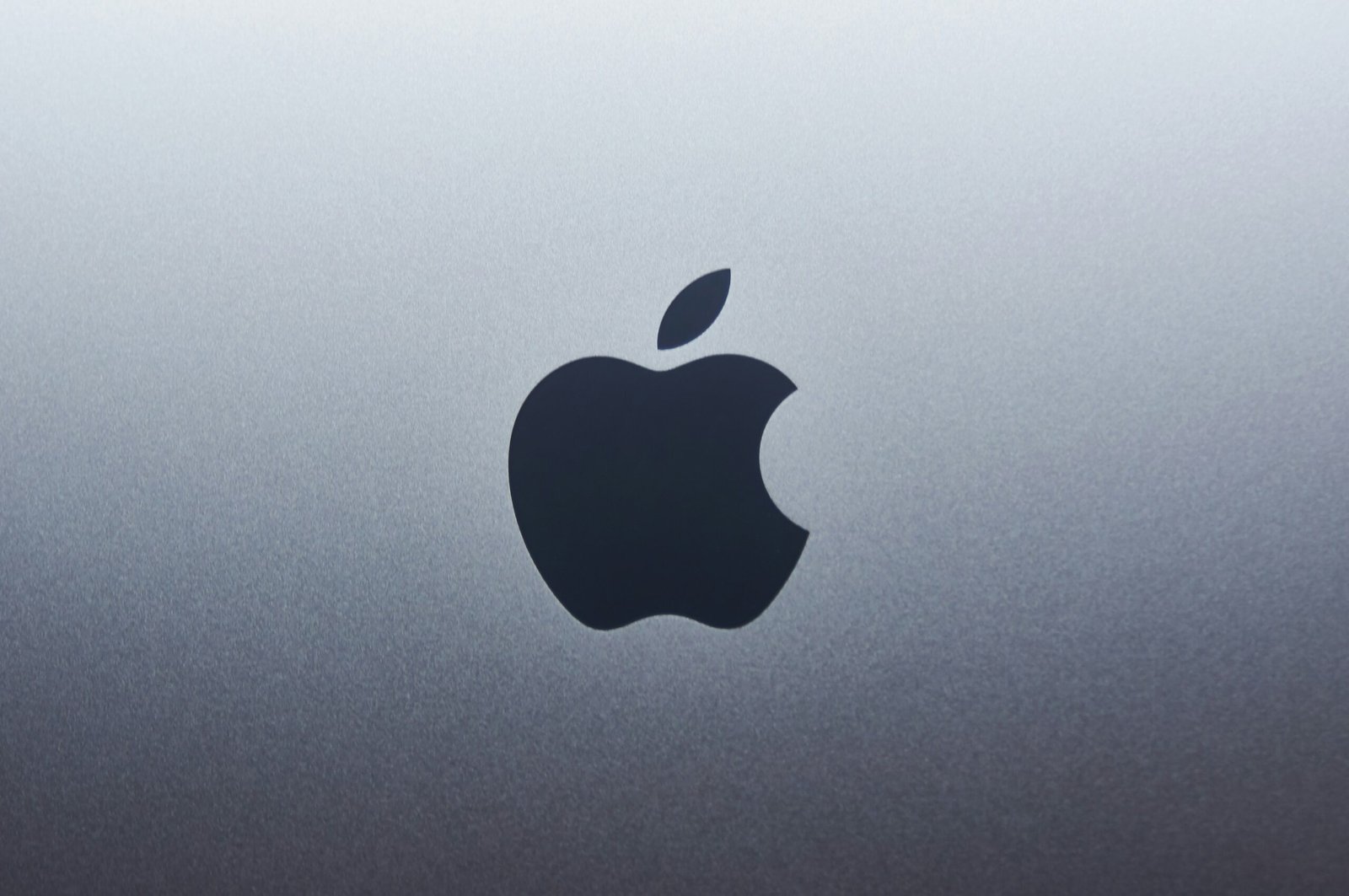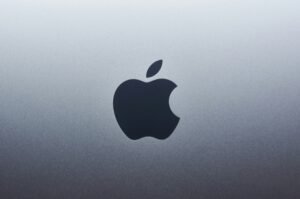Apple Physical Design Engineer

About Course
Apple Physical Design Engineer Interview Questions
This course is purpose-built for engineers preparing for the rigorous Apple Physical Design Engineer interview. Whether you’re targeting roles in floorplanning, place-and-route, clock tree synthesis (CTS), or timing closure, this module gives you the detailed practice needed to excel. With 75 expertly structured Apple Physical Design Engineer interview questions, the course focuses on the real-world design challenges faced when building Apple’s high-performance, low-power silicon for iPhones, Macs, and custom SoCs.
Apple’s silicon teams push the boundaries of area efficiency, clock performance, and energy optimization. As a Physical Design Engineer at Apple, you’re expected to own the design flow from RTL handoff through GDSII signoff—handling timing, congestion, IR drop, DRC/LVS, and physical verification. The Apple Physical Design Engineer interview questions in this course reflect those expectations and are designed to test both your technical depth and your decision-making under pressure.
Course Overview
This module includes 75 Apple Physical Design Engineer interview questions, covering all major aspects of the PnR flow and physical implementation. Each question is paired with a detailed explanation to reinforce concept mastery and cross-domain clarity.
Topics Covered
The Apple Physical Design Engineer interview questions span every critical stage of the implementation process:
Floorplanning and Power Planning
-
Die size estimation, macro placement, and IO planning
-
Defining power grid specifications, stripe width, and tap cell insertion
-
Analyzing early congestion and floorplan feasibility
Place and Route (PnR)
-
Placement optimization and legalization strategies
-
Handling high-fanout nets, scan chain placement, and timing-driven routing
-
Reducing congestion and improving cell utilization across physical hierarchy
Clock Tree Synthesis (CTS)
-
H-tree, mesh, and hybrid strategies for skew optimization
-
Inserting useful skew to balance hold/setup timing
-
Buffer insertion, clock gating handling, and CTS-aware placement
Static Timing Analysis and Closure
-
Fixing setup and hold violations at top and block levels
-
Derating, OCV analysis, and path-based vs graph-based timing
-
ECO optimization and re-synthesis strategies for failing paths
Physical Verification (DRC, LVS, ERC)
-
Common DRC/LVS issues and debug methods
-
Fixing antenna effects, shorts, opens, and density violations
-
Working with signoff tools (ICV, Calibre) to achieve clean GDSII
Power, IR Drop, and EM Validation
-
Running and interpreting IR drop and electromigration reports
-
Modifying grid topology and buffer insertion for power integrity
-
Identifying hot spots in current paths and high-activity regions
Tool Flow and Collaboration
-
Scripting and tool use (e.g., Innovus, ICC2, PrimeTime, Voltus)
-
Collaborating with RTL, DV, and package teams for clean integration
-
Managing timing ECOs and communicating PPA trade-offs effectively
Why This Course Works
These Apple Physical Design Engineer interview questions are based on actual design flows used at Apple, tailored to simulate the challenges you’ll face in production environments. Each explanation includes technical rationale, trade-off thinking, and design heuristics that reflect the bar Apple holds for its hardware engineers.
You’ll learn how to:
-
Optimize designs for tight PPA targets
-
Lead STA and closure efforts across blocks and top-level integrations
-
Communicate and defend your design decisions clearly during reviews
This combination of technical depth and presentation clarity is crucial for passing the Apple Physical Design Engineer interview.
Who Should Use This Course
This course is ideal for:
-
ASIC and digital design engineers applying for Apple’s physical design roles
-
Physical implementation engineers preparing for advanced STA and PnR interviews
-
Early to mid-career professionals looking to join Apple’s silicon engineering team
Whether you’re working on clock design, routing closure, or power-aware implementation, these Apple Physical Design Engineer interview questions will build your readiness.
Sample Questions You’ll Encounter
-
How would you fix a late setup path in post-CTS timing that has no slack budget?
-
A power grid shows IR drop violations near the core—what are your mitigation steps?
-
Describe your strategy for floorplanning a design with large macros and tight die constraints.
-
Explain the difference between useful skew and total negative slack (TNS), and how you optimize both.
Each Apple Physical Design Engineer interview question is written to sharpen your skills and align your preparation with the complex demands of Apple’s silicon design workflows.
Start Preparing Today
Master 75 real-world Apple Physical Design Engineer interview questions and build the technical expertise and communication skills Apple expects. Whether you’re preparing for a new challenge or refining your skills for the next big opportunity, this course helps you bring your A-game to one of the most selective hardware teams in the industry.
Apply For Roles at Apple Today
Practice More Apple Interview Questions

Course Content
Apple Physical Design Engineer Interview Questions
-
Apple Physical Design Engineer Interview Questions – Easy
-
Apple Physical Design Engineer Interview Questions – Medium
-
Apple Physical Design Engineer Interview Questions – Difficult
-
Apple Physical Design Engineer Interview Questions – Behavioral/Culture Fit